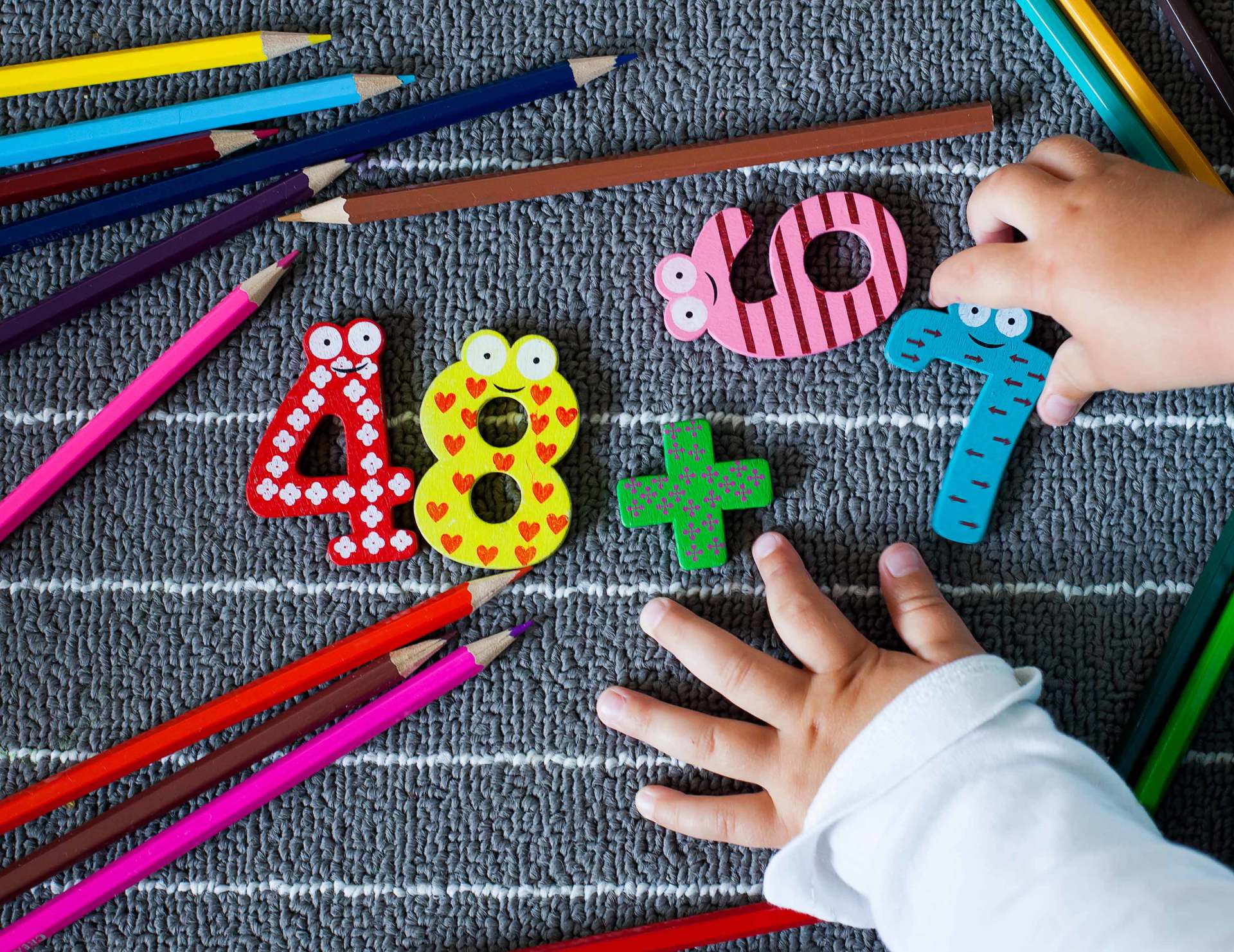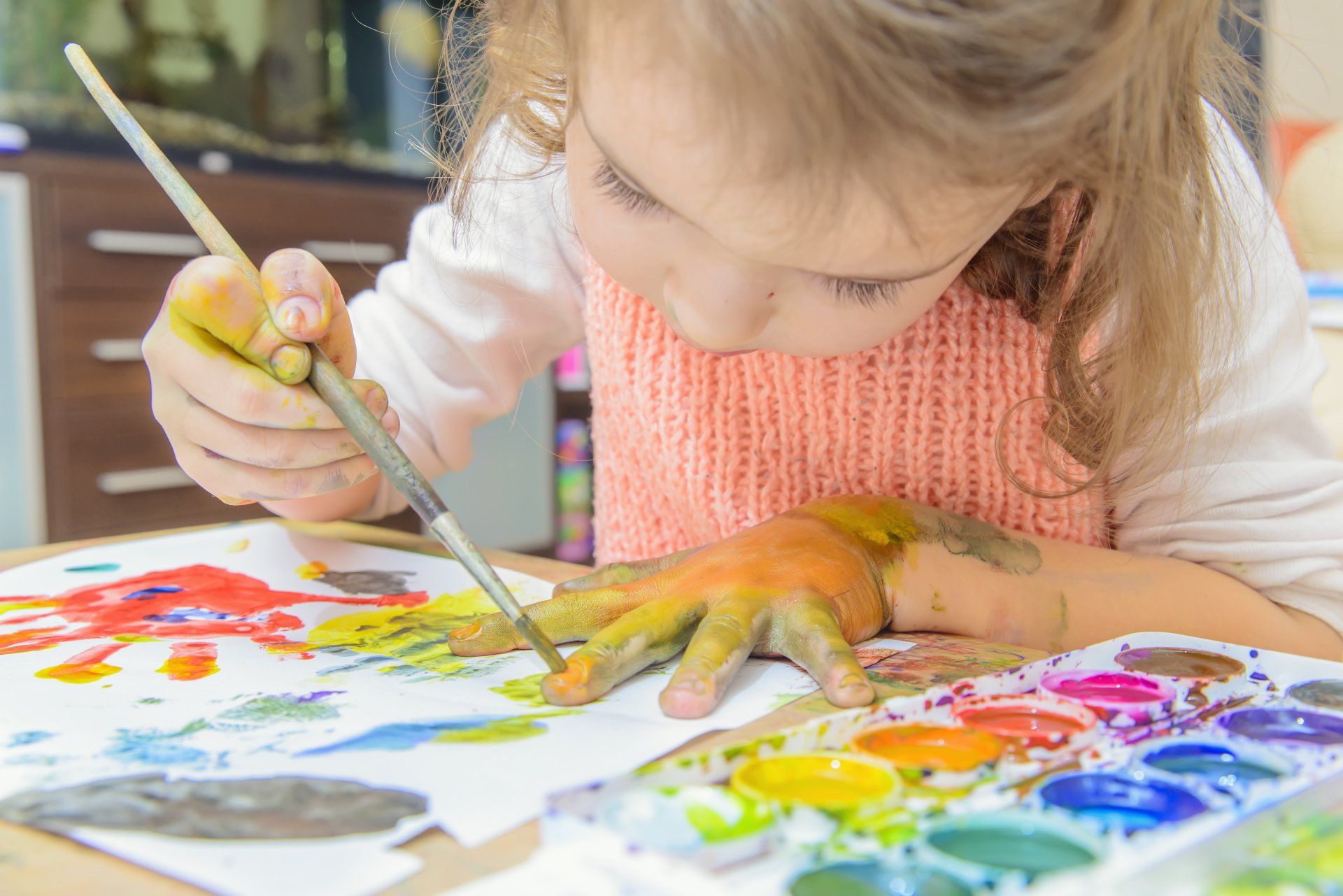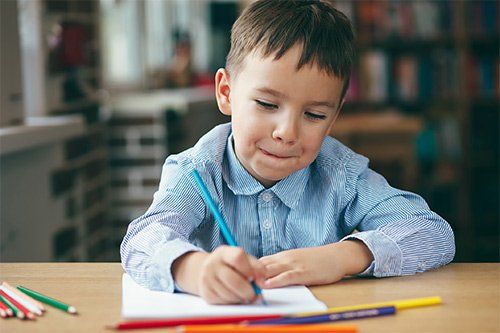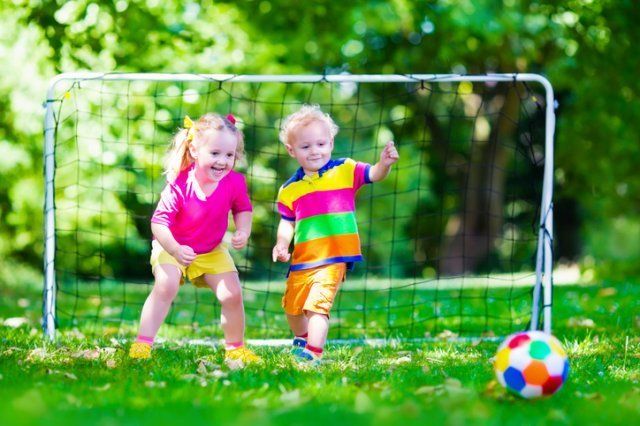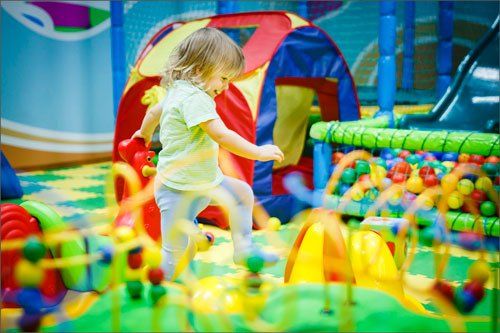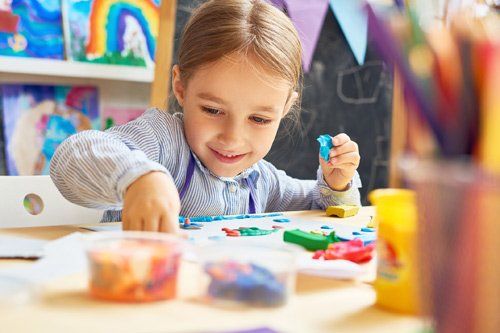Spring Into STEM With These Preschool Activities
- By Admin
- •
- 10 Apr, 2019
- •
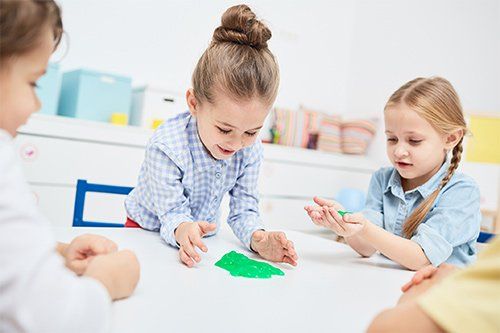
Early STEM (Science, Technology, Engineering, Math) education has benefits galore for the young child. With spring on the horizon, the change of season provides the perfect backdrop for starting STEM with your little learner. If you're not sure where to begin, take a look at these simple spring STEM ideas.
Grow a Garden
Even though the early spring weather isn't prime growing season, your preschooler can start their STEM activity right now. Pick a seed or seedling to start indoors. Sunflowers, marigolds, and morning glories are easy to grow from seeds.
Start with a container, potting soil, a child-safe trowel, and the seeds. Don't worry about buying fancy containers. Make your own by upcycling an old coffee can or milk carton. Reuse existing materials for this planting project to add in an environmental lesson - increasing the STEM impact.
Before planting the seed, talk to your child about the growing cycle. Ask your preschooler to:
- Predict what will happen to the seed. Making predictions is a first-step in the scientific process.
- List what the seed needs to grow. This includes soil, water, air, and light.
- Outline the growing cycle. Go step-by-step for each part in the process.
- Create a plan. What happens after the seed starts growing and the weather warms? Your child can make their own plan for moving the plant outdoors.
As the plant (or plants) grow, help your child to measure them, which adds a math lesson to the activity. Give your child a journal or notebook to take notes and draw the progress of their plants.
Play With Rainbows
Spring showers bring more than just May flowers. They also bring rainbows. Help your preschooler to understand the science behind these colorful light shows with a simple STEM activity. While a real-life rainbow is a sight to see, you may not have enough time to wait for one to develop naturally. Instead try:
- A flashlight and water. Fill a clear glass with water. Place the glass on a piece of white paper and shine a flashlight on it until a rainbow develops.
- A prism. Hold a prism up to the sunlight and watch what happens. Ask your child why they think the prism makes a rainbow and other objects don't.
- A light mist. Go outside on a sunny day and set the garden hose to mist. Move the mist spray in the light until a rainbow forms. Ask your child what they think is happening.
Again, like with the planting activity, give your child a science journal or notebook to draw what they see. They can go back to their drawings or notes the next time they see a natural rainbow, to compare the two.
Spring Slime
The slime craze that swept the nation a few years ago is still alive and strong. Connect this science and math activity with the spring by making a seasonal slime. You can find a variety of slime recipes online.
Most involve mixing equal parts water and school glue with a binding product such as liquid starch or contact lens solution and baking soda. For this activity you can mix up your own batch or buy a ready-made product.
Give the slime a spring theme by adding natural objects that your child collects outside. These can include flower petals, green leaves, dandelions, or blades of grass. Use the slime to:
- Explore through the senses. Encourage your child to discover the different textures of the natural materials as they mix with the slime.
- Discover states of matter. As you mix the slime (and your child plays with it), discuss how the substance changes. Compare it to liquids and solids, asking your child to describe the differences.
- Document the exploration. Help your child to use your phone or digital camera to document this activity. They can reflect on the exploration later, which reinforces the concepts included.
Save the slime for later by placing it in an airtight container. Add extra items to it as the spring continues or make new slime for the other seasons, to compare and contrast the substances.
Are you looking for an early childhood setting to continue your child's education? Contact Riviera Children's Center for more information.
Address
Business Hours
Payment Option





